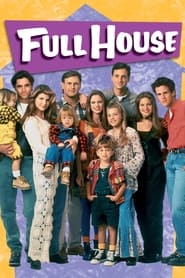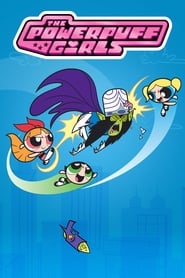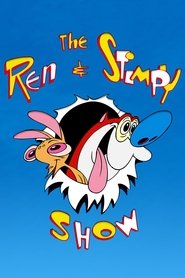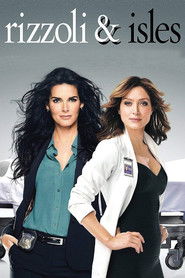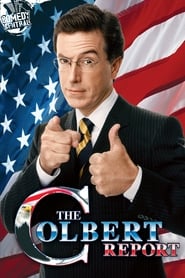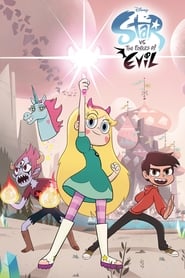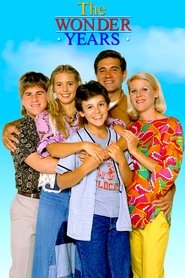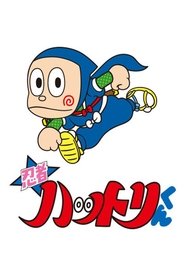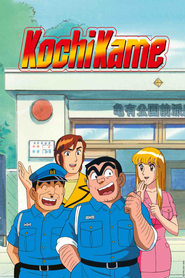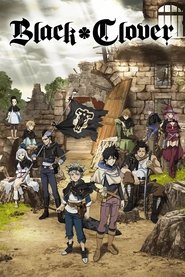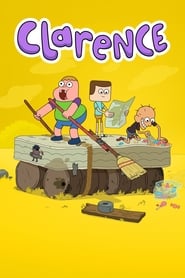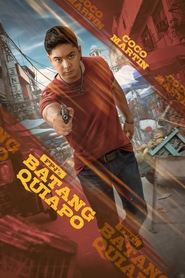Popular Comedy TV Series - Page 12
-
The Adventures of Jimmy Neutron: Boy Genius
2002
star 7.4Jimmy Neutron is the smartest kid in town. As a genius, Jimmy thinks most things can be solved with the invention of a new gizmo. But Jimmy usually takes the easy way out, and his backfiring gadgets result in comedic adventures. -
My Dress-Up Darling
2022
My Dress-Up Darling
2022
star 8.4High schooler Wakana Gojo wants to become a kashirashi—a master craftsman who makes traditional Japanese Hina dolls. Though he's gung-ho about the craft, he knows nothing about the latest trends, and has a hard time fitting in with his class. The popular kids—especially one girl, Marin Kitagawa—seem like they live in a completely different world. That all changes one day, when she shares an unexpected secret with him, and their completely different worlds collide. -
Full House
1987
Full House
1987
star 7.6After the death of his wife, Danny enlists his best friend and his brother-in-law to help raise his three daughters, D.J., Stephanie, and Michelle. -
Lethal Weapon
2016
Lethal Weapon
2016
star 7.3A slightly unhinged former Navy SEAL lands a job as a police officer in Los Angeles where he's partnered with a veteran detective trying to keep maintain a low stress level in his life. -
The Late Late Show with Craig Ferguson
2005
star 6.7The Late Late Show with Craig Ferguson is an American late-night talk show hosted by Scottish American comedian Craig Ferguson, who is the third regular host of the Late Late Show franchise. It follows Late Show with David Letterman in the CBS late-night lineup, airing weekdays in the US at 12:37 a.m. It is taped in front of a live studio audience from Monday to Friday at CBS Television City in Los Angeles, California, directly above the Bob Barker Studio. It is produced by David Letterman's production company Worldwide Pants Incorporated and CBS Television Studios. Since becoming host on January 3, 2005, after Craig Kilborn and Tom Snyder, Ferguson has achieved the highest ratings since the show's inception in 1995. While the majority of the episodes focus on comedy, Ferguson has also addressed difficult subject matter, such as the deaths of his parents, and undertaken serious interviews, such as one with Desmond Tutu, which earned the show a 2009 Peabody Award. -
The Powerpuff Girls
1998
The Powerpuff Girls
1998
star 7.5The Powerpuff Girls is a animated television series about Blossom, Bubbles, and Buttercup, three kindergarten-aged girls with superpowers, as well as their "father", the brainy scientist Professor Utonium, who all live in the fictional city of Townsville, USA. The girls are frequently called upon by the town's childlike and naive mayor to help fight nearby criminals using their powers. -
The Ren & Stimpy Show
1991
star 7.6Ren and Stimpy are a mismatch made in animation heaven with nothing in common but a life-long friendship and an incredible knack for getting into trouble. Join them in their bizarre and gross world for some outlandish situations coupled with hilarious jokes. -
Silence
2025
Silence
2025
star 4.4In the shadows of history, the secret beats like a pulse. Vampire sisters survive the shortage of 'clean human blood' caused by the Black Death, but the true poison is the silence that surrounds them. Centuries later, one of their descendants faces the same conflict during the AIDS pandemic in Spain, and discovers that the social condemnation remains the same. And that the love between 'sick' and 'healthy,' humans and vampires, continues to provoke the same terror. What happens when eternity is measured in centuries of silence? -
Rizzoli & Isles
2010
Rizzoli & Isles
2010
star 7.9Perhaps their strikingly different personalities make the relationship between detective Jane Rizzoli and medical examiner Maura Isles so effective. Jane, the only female cop in Boston's homicide division, is tough, relentless and rarely lets her guard down, while the impeccably dressed Maura displays a sometimes icy temperament — she is, after all, more comfortable among the dead than the living. Together, the best friends have forged a quirky and supportive relationship; they drop the protective shield in each other's company, and combine their expertise to solve Boston's most complex cases. -
The Colbert Report
2005
The Colbert Report
2005
star 6.9The Colbert Report is an American satirical late night television program. It stars political humorist Stephen Colbert, a former correspondent for The Daily Show with Jon Stewart. The Colbert Report is a spin-off from and counterpart to The Daily Show that comments on politics and the media in a similar way. The show focuses on a fictional anchorman character named Stephen Colbert, played by his real-life namesake. The character, described by Colbert as a "well-intentioned, poorly informed, high-status idiot", is a caricature of televised political pundits. -
Star vs. the Forces of Evil
2015
star 8.4Intergalactic warrior Star Butterfly arrives on Earth to live with the Diaz family. She continues to battle villains throughout the universe and high school, mainly to protect her extremely powerful wand, an object that still confuses her. -
The Wonder Years
1988
The Wonder Years
1988
star 8.3The story of Kevin Arnold facing the trials and tribulations of youth while growing up during the 1960s and 70s. Told through narration from an adult Kevin, Kevin faces the difficulties of maintaining relationships and friendships on his enthralling journey into adulthood. -
Hands off: Sawaranaide Kotesashi-kun
2025
star 8.9Kouyou Kotesashi, a sports doctor with massage skills, enrolls at Seiwa University Affiliated High School to secure a scholarship. He works as a live-in dorm manager, managing the school's talented female athletes and managing their well-being through intense training and massage therapy. -
Ninja Hattori-kun
1981
Ninja Hattori-kun
1981
star 6.411-year-old Kenichi Mitsuba is an average kid who goes to secondary school and struggles with his studies, he is very stubborn and is very lazy and therefore always ends up frustrating his parents and teacher. He loves to find an easy way of things. He befriends Hattori Kanzo, a ninja from the Iga Clan, and he becomes part of the Mitsuba family along with his brother, Shinzo and his ninja dog, Shishimaru. Hattori helps Kenichi with his problems, and constantly keeps an eye on him, as a good friend. The main antagonist Kemumaki, a Koga ninja and his ninja cat, Kagechiyo always troubles Kenichi, mainly because of their feud over one girl, Yumeko. Kenichi asks Hattori to take revenge as a recurring storyline in many episodes. Although Hattori is a good friend, Kenichi sometimes fights with Hattori due to misunderstandings created by Kemumaki. Sometimes Jippou, Togejirou and Tsubame help him. -
Fighting Spirit
2000
Fighting Spirit
2000
star 8.6Makunouchi Ippo is an ordinary high school student in Japan. Since he spends most of his time away from school helping his mother run the family business, he doesn't get to enjoy his younger years like most teenagers. Always a target for bullying at school (the family fishing business grants him a distinct odor), Ippo's life is one of hardship. One of these after-school bullying sessions turns Ippo's life around for the better, as he is saved by a boxer named Takamura. He decides to follow in Takamura's footsteps and train to become a boxer, giving his life direction and purpose. Ippo's path to perfecting his pugilistic prowess is just beginning... -
KochiKame
1996
KochiKame
1996
star 7.9Ryotsu Kankichi, or Ryo-san for short, is an unconventional cop working at the local police station who loves money. Together with famous celebrities like Nakagawa and Reiko, his strict boss Police Chief Ohara, and other wildly unique characters, he gets everyone caught up in all sorts of hijinks! -
Seduced by My Best Friend
2021
star 6.3Shion and Rui are the dream team when it comes to hitting on women. Tonight was going to be another night of hooking up with girls for Shion, but he ended up taking a strange drug. When he woke up... he'd turned into a girl?! Rui came looking for Shion, but didn't recognize him, and started hitting on him... -
Black Clover
2017
Black Clover
2017
star 8.5Asta and Yuno are two orphans who want the same thing: to become the Wizard King. Locked in a friendly rivalry, they work hard towards their goal. While Yuno excels at magic, Asta has a problem uncommon in this world: he has no powers! But, on the day they receive their grimoires, they surprise everyone. To reach their goal, they’ll each find their own path to greatness—with or without magic. -
Clarence
2014
Clarence
2014
star 8In a world of noise, Clarence is a jar of sunshine, pure and simple. He sees the world only in his favorite colors: goofy grape and neon green. Clarence values his friends Jeff and Sumo and his mother Mary more than gold. No matter what happens, good or bad, nothing brings Clarence down. -
Batang Quiapo
2023
Batang Quiapo
2023
star 6.9A young man rises to be one of the biggest outlaws in the neighborhood while he navigates his way in life to survive in Quiapo. Hoping to earn the affection of his parents, his feat draws him closer to the truth about his identity.
 Netflix
Netflix
 Amazon Prime Video
Amazon Prime Video
 Apple iTunes
Apple iTunes
 Apple TV Plus
Apple TV Plus
 Disney Plus
Disney Plus
 Google Play Movies
Google Play Movies
 Paramount Plus
Paramount Plus
 Hulu
Hulu
 HBO Max
HBO Max
 YouTube
YouTube
 fuboTV
fuboTV
 Peacock
Peacock
 Peacock Premium
Peacock Premium
 Amazon Video
Amazon Video
 The Roku Channel
The Roku Channel
 AMC+
AMC+
 Kocowa
Kocowa
 Hoopla
Hoopla
 The CW
The CW
 Vudu
Vudu
 Starz
Starz
 Showtime
Showtime
 PBS
PBS
 Pantaflix
Pantaflix
 FXNow
FXNow
 Tubi TV
Tubi TV
 Kanopy
Kanopy
 Comedy Central
Comedy Central
 Crunchyroll
Crunchyroll
 Microsoft Store
Microsoft Store
 Redbox
Redbox
 Sun Nxt
Sun Nxt
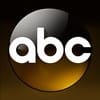 ABC
ABC
 DIRECTV
DIRECTV
 Crackle
Crackle
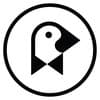 Fandor
Fandor
 Plex
Plex


